Sunrise Concert
Hike to the Organic Gardens and enjoy a sumptuous breakfast followed by a short concert with Aloysia Friedmann and Jon Kimura Parker to get your morning started on a high note.
Musical Love Triangle
A romantic program featuring classical music’s most famous love triangle, Johannes Brahms, Clara Schumann, and Robert Schumann. You’ll hear a Clara Schumann Romance, Johannes Brahms Scherzo from the F.A.E. Sonata, and Robert Schumann’s Piano Quintet performed by Jon Kimura Parker, Strauss Shi, Monique Mead, Aloysia Friedmann, and Amelia Zitoun.
“Steinway Spectacular”
The festival concludes with “Jackie” Parker in a program that spans the spectrum of pianistic expression from the lyricism of Beethoven’s “Moonlight” Sonata, to colorful splashes of Ravel’s “Jeux d’Eau” and ending with the brilliant virtuosity of William Hirtz’s “Fantasy on the Wizard of Oz.”
A Tapestry of Music and Verse
All 12 Chamber week festival artists join forces for a jazz-inspired program of music and verse.
 Known for his passionate artistry and engaging stage presence, with multiple solo appearances at the Berlin Philharmonie, London’s South Bank, the Sydney Opera House, and the Beijing Concert Hall, Jon Kimura Parker continues to perform to great acclaim. Conductors he has recently worked with include Marin Alsop, Teddy Abrams, Claus Peter Flor, James Gaffigan, Hans Graf, Giancarlo Guerrero, Jeffrey Kahane, Andrew Litton, Tito Muñoz, Gianandrea Noseda, Larry Rachleff, Lahav Shani, Bramwell Tovey, Xu Zhong, David Zinman, and Pinchas Zukerman. A true Canadian ambassador of music, Mr. Parker has given command performances for Queen Elizabeth II, the U.S. Supreme Court, and the Prime Ministers of Canada and Japan. He is an Officer of The Order of Canada, his country’s highest civilian honor. In the past two years he was made an Honorary Fellow of the Royal Conservatory of Toronto, and awarded an Honorary Doctorate from the University of British Columbia.
Known for his passionate artistry and engaging stage presence, with multiple solo appearances at the Berlin Philharmonie, London’s South Bank, the Sydney Opera House, and the Beijing Concert Hall, Jon Kimura Parker continues to perform to great acclaim. Conductors he has recently worked with include Marin Alsop, Teddy Abrams, Claus Peter Flor, James Gaffigan, Hans Graf, Giancarlo Guerrero, Jeffrey Kahane, Andrew Litton, Tito Muñoz, Gianandrea Noseda, Larry Rachleff, Lahav Shani, Bramwell Tovey, Xu Zhong, David Zinman, and Pinchas Zukerman. A true Canadian ambassador of music, Mr. Parker has given command performances for Queen Elizabeth II, the U.S. Supreme Court, and the Prime Ministers of Canada and Japan. He is an Officer of The Order of Canada, his country’s highest civilian honor. In the past two years he was made an Honorary Fellow of the Royal Conservatory of Toronto, and awarded an Honorary Doctorate from the University of British Columbia.
He performs as duo partner regularly with James Ehnes, Aloysia Friedmann, Lynn Harrell, Jamie Parker, Orli Shaham, and Cho-Liang Lin, with whom he has given world premieres of sonatas by Paul Schoenfield, John Harbison and Steven Stucky. He performs regularly with the Miró Quartet, and is a founding member of the Montrose Trio with violinist Martin Beaver and cellist Clive Greensmith. The Washington Post’s review of the Montrose Trio’s first tour in 2015 proclaimed them “poised to become one of the top piano trios in the world.”
As a member of the outreach project Piano Plus, Mr. Parker toured remote areas including the Canadian Arctic, performing classical music and rock’n’roll on everything from upright pianos to electronic keyboards. In commemoration of his special performances in war-torn Sarajevo in 1995, he was a featured speaker alongside humanitarians Elie Wiesel and Paul Rusesabagina at the 50th Anniversary of the relief organization AmeriCares.
www.jonkimuraparker.com
 Founder and Artistic Director of the Orcas Island Chamber Music Festival (www.oicmf.org) in the Pacific Northwest, Aloysia Friedmann is firmly established as a major influence in the American chamber music scene. In recognition of this fact, Chamber Music America invited Ms. Friedmann to their national Board in 2016. In December 2018, she was named a Musical America Top Professional of the Year.
Founder and Artistic Director of the Orcas Island Chamber Music Festival (www.oicmf.org) in the Pacific Northwest, Aloysia Friedmann is firmly established as a major influence in the American chamber music scene. In recognition of this fact, Chamber Music America invited Ms. Friedmann to their national Board in 2016. In December 2018, she was named a Musical America Top Professional of the Year.
Ms. Friedmann’s broad ranging career has included national and international tours, performances with New York’s most prestigious musical ensembles including the Orchestra of St. Luke’s, and a special onstage role on Broadway alongside Dustin Hoffman in The Merchant of Venice. While in New York, Ms. Friedmann worked with artists including Astor Piazzolla, Mirella Freni, Jessye Norman, Frederica von Stade, John Adams, Charles Mackerras, André Previn and Mikhail Baryshnikov, as well as Elton John and Metallica. The New York Times praised her “fiery spirit” after her Carnegie Recital Hall debut.
Aloysia Friedman has performed as guest artist in the Hong Kong International Chamber Music Festival, Florida’s Amelia Island Festival, Colorado’s Strings in the Mountains Music Festival, Napa Valley’s Music in the Vineyards, the Cactus Pear Music Festival, the Seattle Chamber Music Society, the Sun Valley Summer Symphony, and the Santa Fe Chamber Music Festival. Her chamber music colleagues have included Abbey Simon, Gervase de Peyer, Peter Schickele, Chee-Yun, Gary Hoffman, Jeffrey Kahane, William Preucil, Lucy Shelton, the Miró Quartet, Cho-Liang Lin and Lynn Harrell.
Chamber Music America recognized Aloysia Friedmann’s artistic leadership with its 2008 CMAcclaim. She also serves on the Advisory Council for Chamber Music Houston. Ms. Friedmann is featured as both performer and producer on several festival recordings, and has produced recordings for violinist Stephanie Sant’Ambrogio and pianist Jon Kimura Parker.
Aloysia Friedmann plays on a Grancino violin and the ex-Rebecca Clarke Grancino viola. Ms. Friedmann graduated from The Juilliard School and also studied at the University of Washington with Emanuel Zetlin. Aloysia is the proud daughter of violinist Martin Friedmann and oboist Laila Storch. She is married to concert pianist Jon Kimura Parker and they have a daughter, Sophie.
www.aloysiafriedmann.com
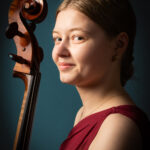 The Gold Medal prize winner of the 2023 Stulberg International String Competition, Amelia Zitoun (19) is currently studying cello at the Colburn School of Music in Los Angeles. Recent performances include Haydn D Major Cello Concerto with the Kalamazoo Symphony Orchestra under the baton of Ankush Kumar Bahl and an appearance with the Baltimore Chamber Orchestra in their 2024-25 season.
The Gold Medal prize winner of the 2023 Stulberg International String Competition, Amelia Zitoun (19) is currently studying cello at the Colburn School of Music in Los Angeles. Recent performances include Haydn D Major Cello Concerto with the Kalamazoo Symphony Orchestra under the baton of Ankush Kumar Bahl and an appearance with the Baltimore Chamber Orchestra in their 2024-25 season.
Most recently, Amelia won the 2023 Walgreens National Concerto Competition, performing the Barber Cello Concerto with the MYAC Orchestra. She also won First Prize at the 2023 Bolz Final Forte Competition where she appeared with the Madison Symphony, performing both the Barber Cello Concerto as well as Dvorak’s Rondo at their 2023 Gala. In 2022, Amelia was the winner of the Milwaukee Symphony Orchestra’s Stars of Tomorrow Competition and performed the Barber Cello Concerto with the Milwaukee Symphony Orchestra under the baton of Yaniv Dinur.
An active chamber musician, Ameila performs is a member of Trio Callisto.As member of the Pelios String Quartet, she won the Silver Medal at the 2023 Fischoff National Chamber Music Competition, and the Gold Medal and Haydn Prize at the 2023 St. Paul String Quartet Competition. The past two summers, Amelia attended the Perlman Music Program and is returning again in the summer of 2024. In the past, she has attended the Heifetz International Music Institute.
www.ameliazitoun.com
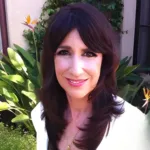 Nancy Cetel, MD, is an engaging and passionate physician, author and professional speaker. Following her graduation from the New York University School of Medicine, she obtained her postgraduate training in Reproductive Endocrinology at the University of California, San Diego, and Obstetrics and Gynecology at the University of Southern California. Her pioneering research in hormonal issues led to numerous publications and awards. Dr. Cetel is often referenced in books and journals, and is a frequently invited lecturer nationally and internationally. Live appearances and interviews have brought her acclaim as an accomplished communicator and advocate for an informed public. She is the author of Double Menopause: What to Do When Both You and Your Mate Go through Hormonal Changes Together. Her passions include her family, vegetarian cooking, dancing, and the joys of being a grandparent.
Nancy Cetel, MD, is an engaging and passionate physician, author and professional speaker. Following her graduation from the New York University School of Medicine, she obtained her postgraduate training in Reproductive Endocrinology at the University of California, San Diego, and Obstetrics and Gynecology at the University of Southern California. Her pioneering research in hormonal issues led to numerous publications and awards. Dr. Cetel is often referenced in books and journals, and is a frequently invited lecturer nationally and internationally. Live appearances and interviews have brought her acclaim as an accomplished communicator and advocate for an informed public. She is the author of Double Menopause: What to Do When Both You and Your Mate Go through Hormonal Changes Together. Her passions include her family, vegetarian cooking, dancing, and the joys of being a grandparent.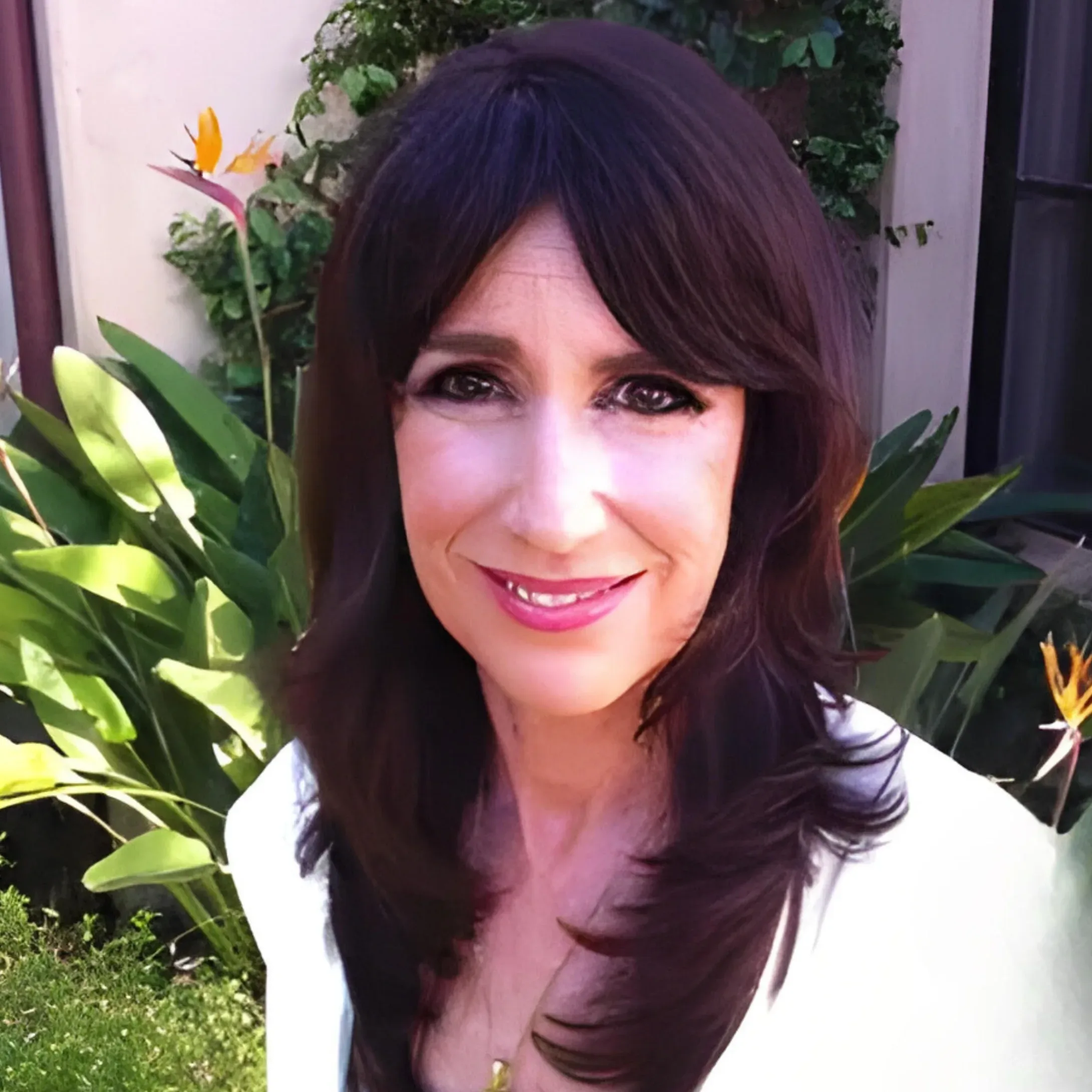
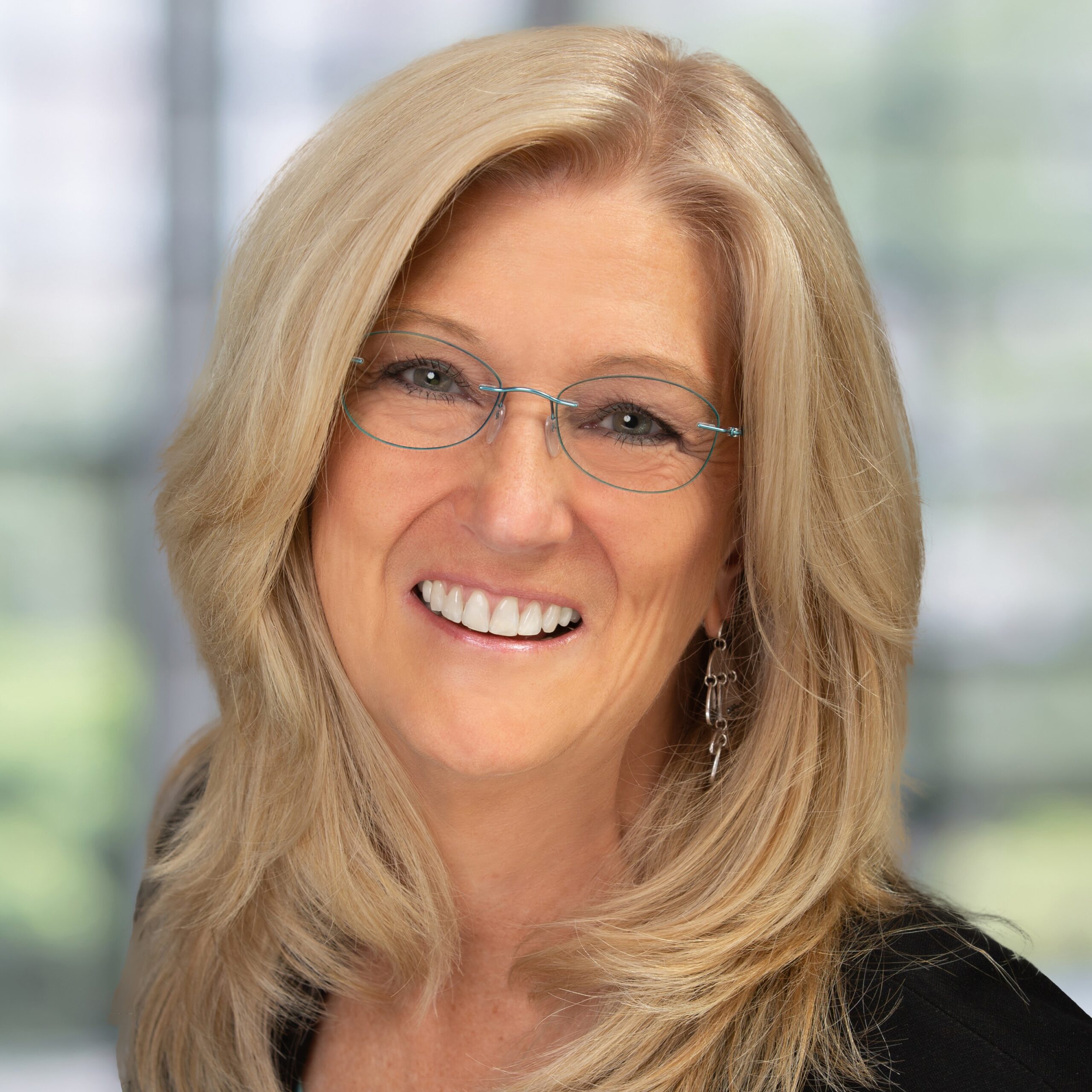
 Dawn Sandalcidi, PT, RCMT, BCB-PMD specializes in pelvic muscle dysfunction and orthopedic manual therapy. She has trained medical professionals in manual therapy both nationally and internationally since 1992. Dawn is also Board-Certified Biofeedback in Pelvic Muscle Dysfunction (BCB-PMD). Dawn has actively been treating patients since 1982 at Physical Therapy Specialists in Centennial, Colorado. In 2018, Dawn was awarded the Elizabeth Noble Award by the American Physical Therapy Association Section on Women’s Health for providing extraordinary and exemplary service to the field of physical therapy for men, women and children.
Dawn Sandalcidi, PT, RCMT, BCB-PMD specializes in pelvic muscle dysfunction and orthopedic manual therapy. She has trained medical professionals in manual therapy both nationally and internationally since 1992. Dawn is also Board-Certified Biofeedback in Pelvic Muscle Dysfunction (BCB-PMD). Dawn has actively been treating patients since 1982 at Physical Therapy Specialists in Centennial, Colorado. In 2018, Dawn was awarded the Elizabeth Noble Award by the American Physical Therapy Association Section on Women’s Health for providing extraordinary and exemplary service to the field of physical therapy for men, women and children.
 Kristin Magnussen Shute is the award-winning winemaker for Valle de Guadalupe winery Vinos Lechuza. Started by her father Ray Magnussen as a hobby in 2010, Lechuza has grown into one of the most popular wineries in the region because of their dedication to the craft and the merging of old world and new world styles. Lechuza is known for their sophisticated but approachable wines that have won over sommeliers and chefs around the world and have landed them accolades that include a coveted place on the wine list at The French Laundry in Napa, California (3 Michelin Stars). Kristin is proud of her family’s commitment to working “without borders” as ambassadors to Mexico’s modern wine movement around the world.
Kristin Magnussen Shute is the award-winning winemaker for Valle de Guadalupe winery Vinos Lechuza. Started by her father Ray Magnussen as a hobby in 2010, Lechuza has grown into one of the most popular wineries in the region because of their dedication to the craft and the merging of old world and new world styles. Lechuza is known for their sophisticated but approachable wines that have won over sommeliers and chefs around the world and have landed them accolades that include a coveted place on the wine list at The French Laundry in Napa, California (3 Michelin Stars). Kristin is proud of her family’s commitment to working “without borders” as ambassadors to Mexico’s modern wine movement around the world.



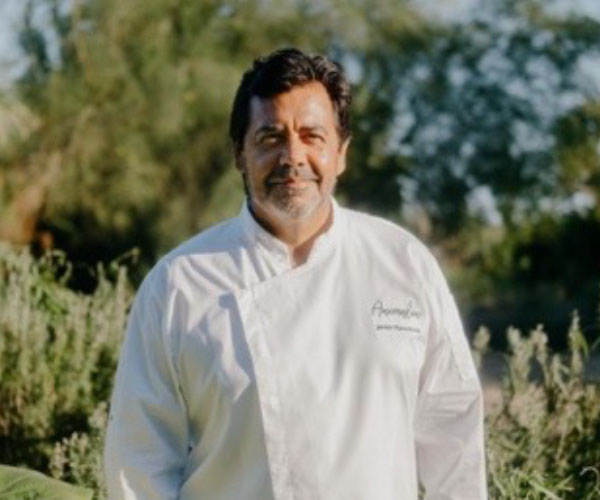



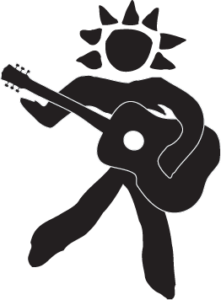
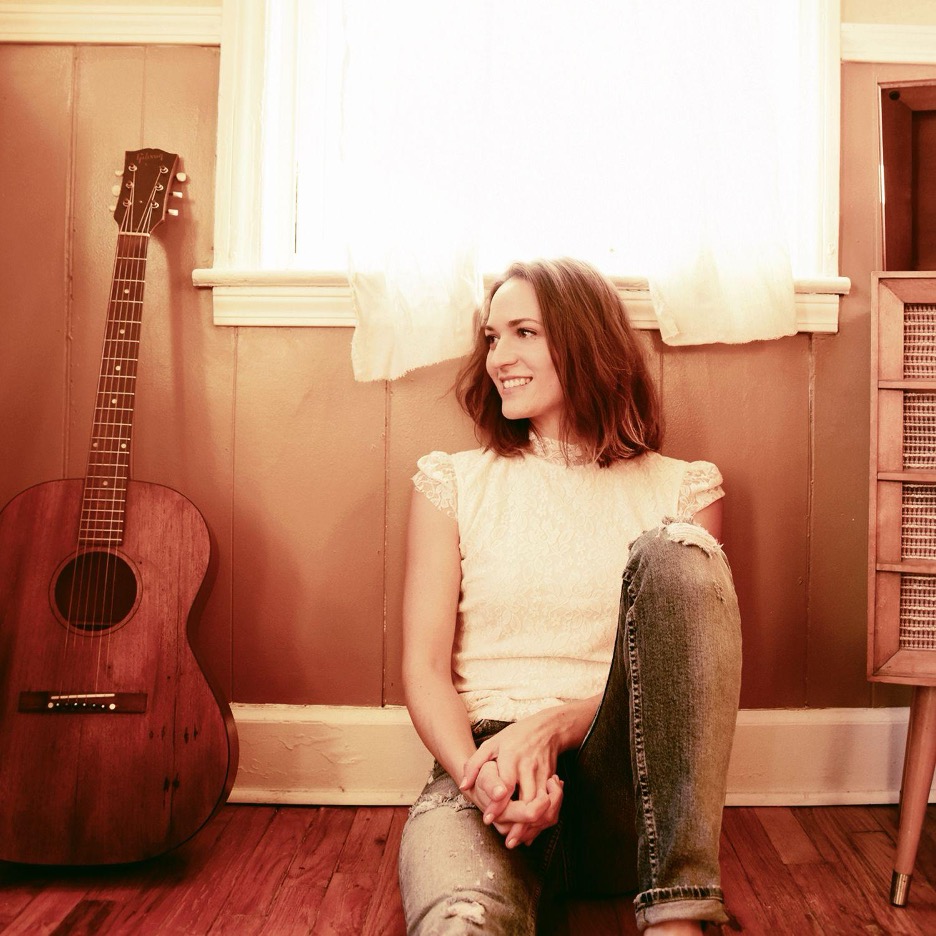

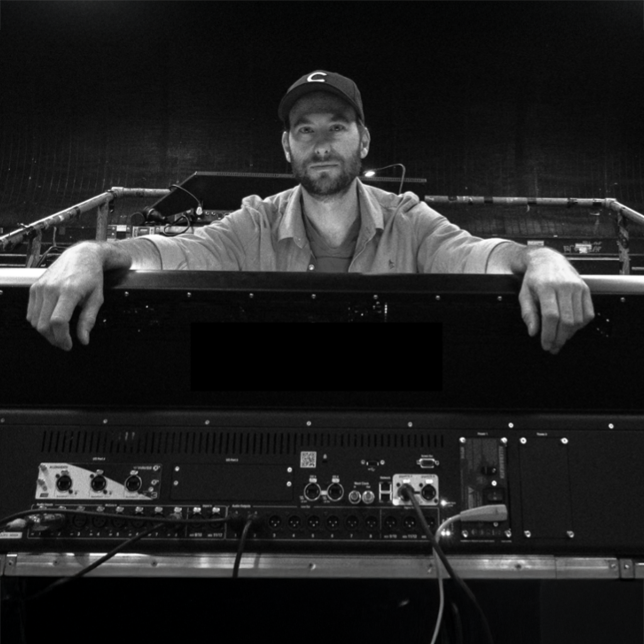
 Jason Cupp brings over two decades of experience in the music industry. As a record producer, audio engineer, and tour manager, Jason has collaborated with a wide range of artists spanning multiple genres, from multi-platinum Grammy-winning pop acts to independent rock and Americana artists. With a portfolio of over 50 albums, including notable credits such as The Milk Carton Kids, Jon Brion, Tim Kasher, Ratboys, and American Football, Jason’s expertise extends beyond the studio. Recently, he has integrated his educational background in psychology to explore the intersection of creativity and group dynamics. Originally from the Arizona desert, Jason now calls the Midwest city of Saint Louis home.
Jason Cupp brings over two decades of experience in the music industry. As a record producer, audio engineer, and tour manager, Jason has collaborated with a wide range of artists spanning multiple genres, from multi-platinum Grammy-winning pop acts to independent rock and Americana artists. With a portfolio of over 50 albums, including notable credits such as The Milk Carton Kids, Jon Brion, Tim Kasher, Ratboys, and American Football, Jason’s expertise extends beyond the studio. Recently, he has integrated his educational background in psychology to explore the intersection of creativity and group dynamics. Originally from the Arizona desert, Jason now calls the Midwest city of Saint Louis home.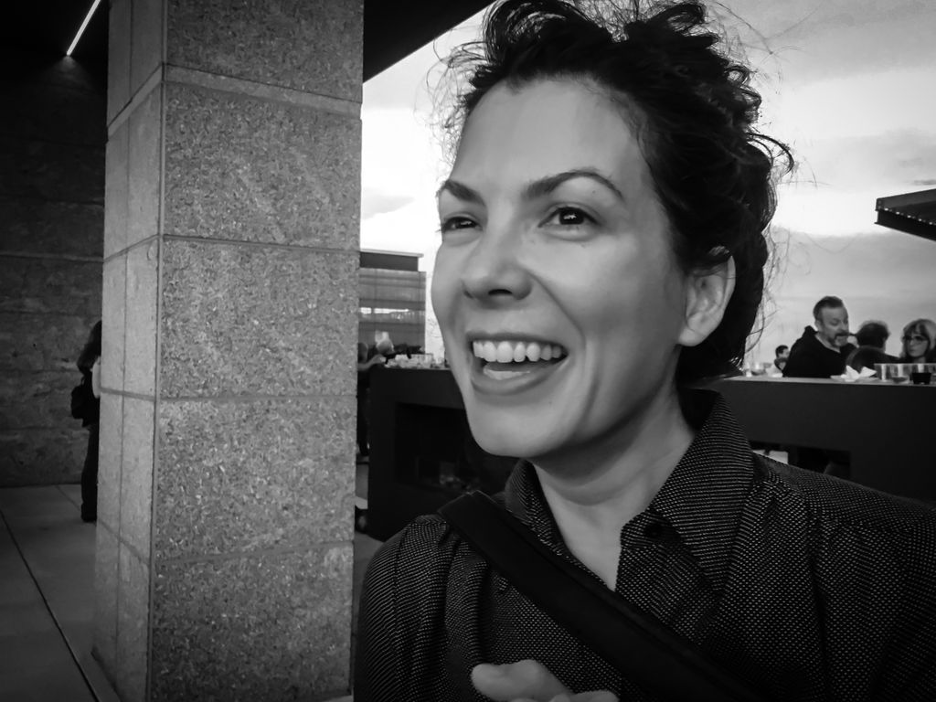
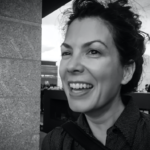 Carissa Stolting is an artist & event manager, and the founder of Left Bank Artists. In 2014, Stolting created Left Bank with Grammy award-winning artist and cultural ambassador, Abigail Washburn, with the intent of building an arts management company that champions artistic integrity and creativity. Left Bank has since become the management home to wildly innovative artists like Leyla McCalla, Rachel Grimes, Wu Fei, Allison Russell, and more.
Carissa Stolting is an artist & event manager, and the founder of Left Bank Artists. In 2014, Stolting created Left Bank with Grammy award-winning artist and cultural ambassador, Abigail Washburn, with the intent of building an arts management company that champions artistic integrity and creativity. Left Bank has since become the management home to wildly innovative artists like Leyla McCalla, Rachel Grimes, Wu Fei, Allison Russell, and more.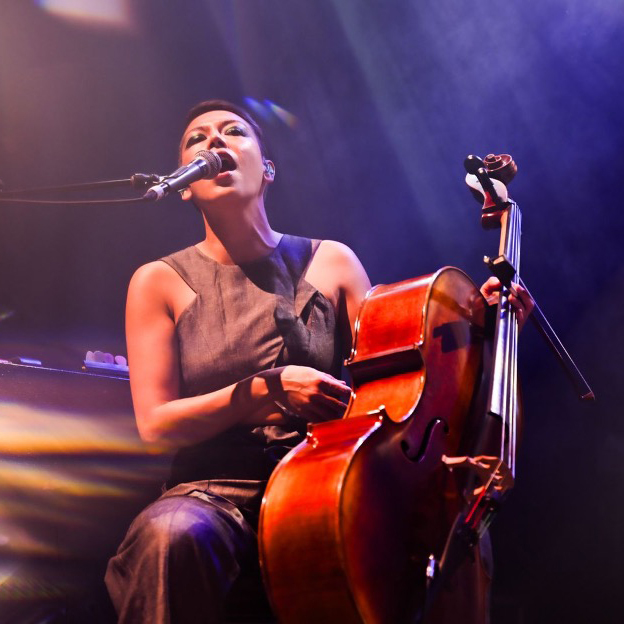
 is a composer, cellist, vocalist, multi-instrumentalist, and arranger, based in Nashville. Their work as an artist is broad and varied, a testament to a deep love of creation, expression, and collaboration.
is a composer, cellist, vocalist, multi-instrumentalist, and arranger, based in Nashville. Their work as an artist is broad and varied, a testament to a deep love of creation, expression, and collaboration.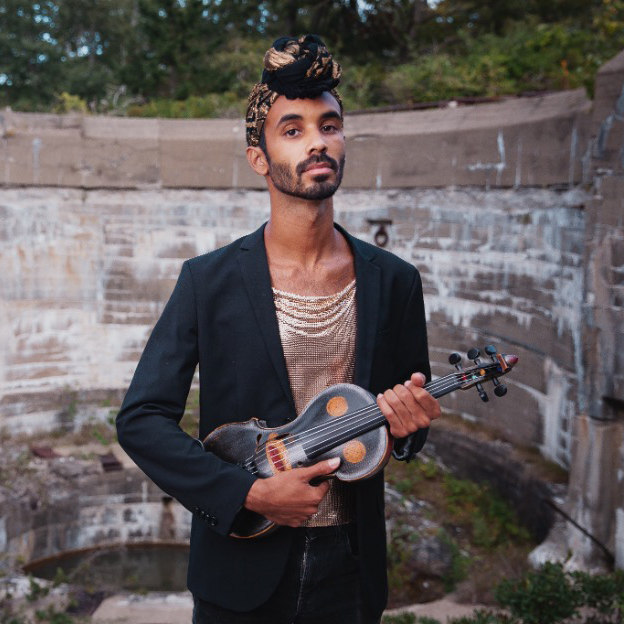
 A powerfully gifted musician and a scholar of Black American music, Jake Blount speaks ardently about the African roots of the banjo and the subtle, yet profound ways African Americans have shaped and defined the amorphous categories of roots music and Americana. His 2020 album Spider Tales (named one of the year’s best albums by NPR and The New Yorker, earned a perfect 5-star review from The Guardian) highlighted the Black and Indigenous histories of popular American folk tunes, as well as revived songs unjustly forgotten in the whitewashing of the canon. Jake Blount’s new album, The New Faith, is a towering achievement of dystopian Afrofuturism and his first album for Smithsonian Folkways (released September 23, 2022). The New Faith is spiritual music, filled with hope for salvation and righteous anger in equal measure. The album manifests our worst fears on the shores of an island in Maine, where Blount enacts an imagined religious ceremony performed by Black refugees after the collapse of global civilization due to catastrophic climate change. Jake Blount’s music is rooted in care and confrontation. On stage, each song he and his band play is chosen for a reason – because it highlights important elements about the stories we tell ourselves of our shared history and our endlessly complicated present moment. The more we learn about where we’ve been, the better equipped we are to face the future.
A powerfully gifted musician and a scholar of Black American music, Jake Blount speaks ardently about the African roots of the banjo and the subtle, yet profound ways African Americans have shaped and defined the amorphous categories of roots music and Americana. His 2020 album Spider Tales (named one of the year’s best albums by NPR and The New Yorker, earned a perfect 5-star review from The Guardian) highlighted the Black and Indigenous histories of popular American folk tunes, as well as revived songs unjustly forgotten in the whitewashing of the canon. Jake Blount’s new album, The New Faith, is a towering achievement of dystopian Afrofuturism and his first album for Smithsonian Folkways (released September 23, 2022). The New Faith is spiritual music, filled with hope for salvation and righteous anger in equal measure. The album manifests our worst fears on the shores of an island in Maine, where Blount enacts an imagined religious ceremony performed by Black refugees after the collapse of global civilization due to catastrophic climate change. Jake Blount’s music is rooted in care and confrontation. On stage, each song he and his band play is chosen for a reason – because it highlights important elements about the stories we tell ourselves of our shared history and our endlessly complicated present moment. The more we learn about where we’ve been, the better equipped we are to face the future.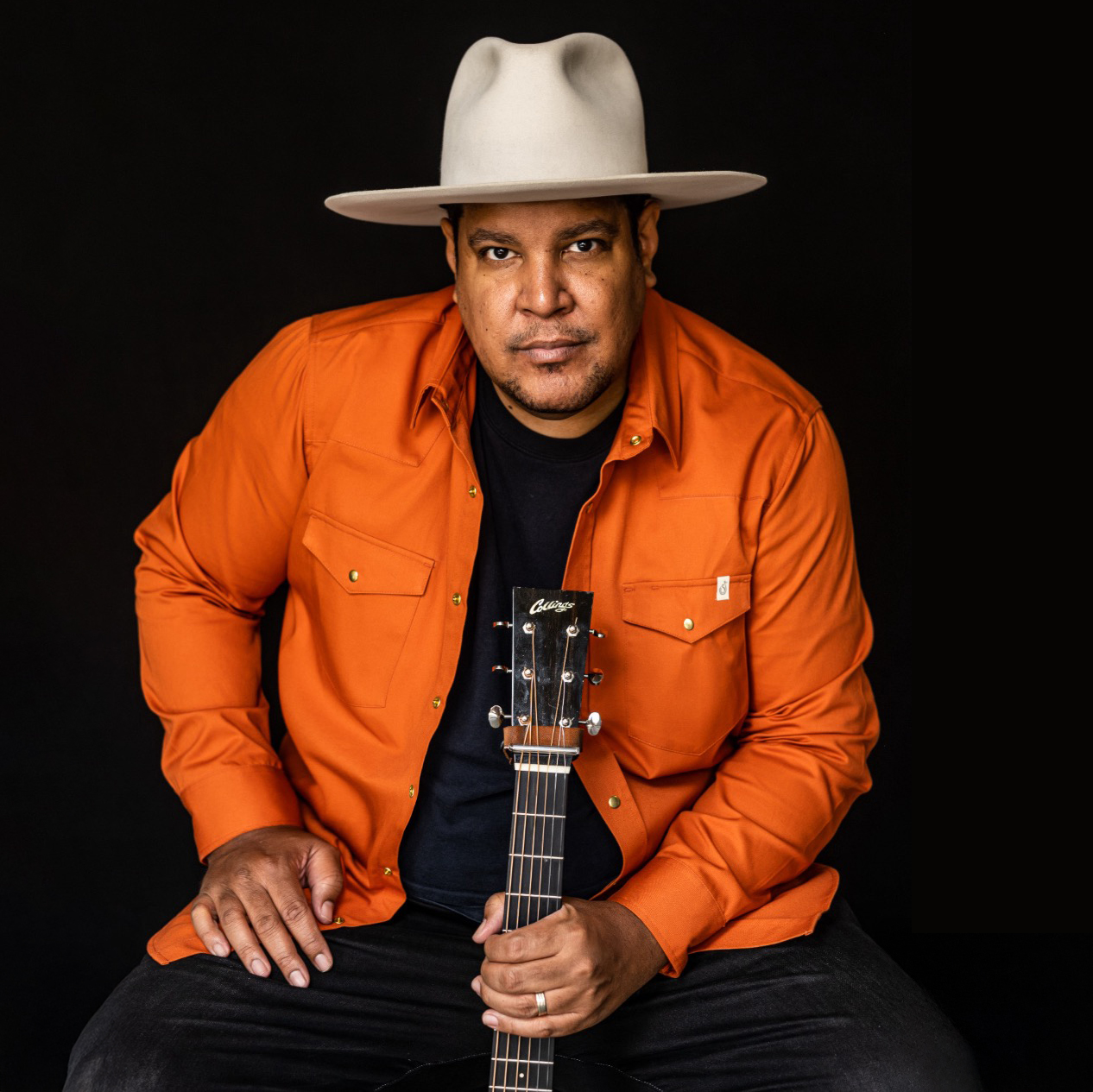
 In 2023, Chris Pierce was handpicked to be the special guest opener for the NEIL YOUNG Coastal Tour. Recently, he gained additional worldwide prominence with “We Can Always Come Back to This”. His hit co/write aired on 3 episodes of the NBC primetime series ‘THIS IS US,’ then went on to #1 on the Billboard Blues Chart. Pierce has also done worldwide headlining tours and has supported: Neil Young, B.B. King, Seal, Al Green, Steve Earle, Allison Russell, Ramblin’ Jack Elliot, Rodrigo y Gabriella, Keb’Mo, Blind Boys of Alabama, Aaron Neville & others.
In 2023, Chris Pierce was handpicked to be the special guest opener for the NEIL YOUNG Coastal Tour. Recently, he gained additional worldwide prominence with “We Can Always Come Back to This”. His hit co/write aired on 3 episodes of the NBC primetime series ‘THIS IS US,’ then went on to #1 on the Billboard Blues Chart. Pierce has also done worldwide headlining tours and has supported: Neil Young, B.B. King, Seal, Al Green, Steve Earle, Allison Russell, Ramblin’ Jack Elliot, Rodrigo y Gabriella, Keb’Mo, Blind Boys of Alabama, Aaron Neville & others.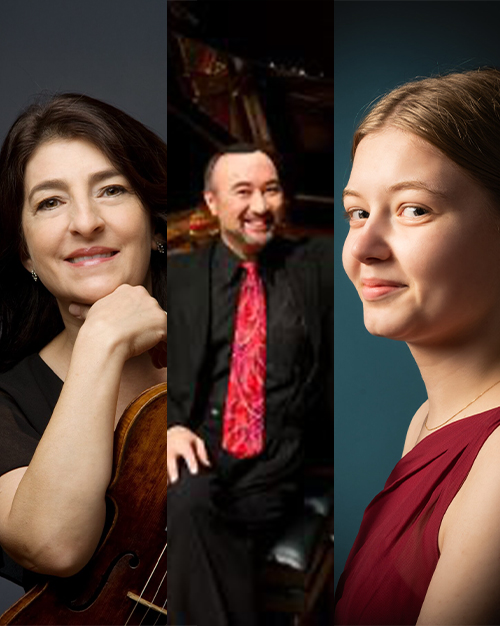
 Known for his passionate artistry and engaging stage presence, with multiple solo appearances at the Berlin Philharmonie, London’s South Bank, the Sydney Opera House, and the Beijing Concert Hall, Jon Kimura Parker continues to perform to great acclaim. Conductors he has recently worked with include Marin Alsop, Teddy Abrams, Claus Peter Flor, James Gaffigan, Hans Graf, Giancarlo Guerrero, Jeffrey Kahane, Andrew Litton, Tito Muñoz, Gianandrea Noseda, Larry Rachleff, Lahav Shani, Bramwell Tovey, Xu Zhong, David Zinman, and Pinchas Zukerman. A true Canadian ambassador of music, Mr. Parker has given command performances for Queen Elizabeth II, the U.S. Supreme Court, and the Prime Ministers of Canada and Japan. He is an Officer of The Order of Canada, his country’s highest civilian honor. In the past two years he was made an Honorary Fellow of the Royal Conservatory of Toronto, and awarded an Honorary Doctorate from the University of British Columbia.
Known for his passionate artistry and engaging stage presence, with multiple solo appearances at the Berlin Philharmonie, London’s South Bank, the Sydney Opera House, and the Beijing Concert Hall, Jon Kimura Parker continues to perform to great acclaim. Conductors he has recently worked with include Marin Alsop, Teddy Abrams, Claus Peter Flor, James Gaffigan, Hans Graf, Giancarlo Guerrero, Jeffrey Kahane, Andrew Litton, Tito Muñoz, Gianandrea Noseda, Larry Rachleff, Lahav Shani, Bramwell Tovey, Xu Zhong, David Zinman, and Pinchas Zukerman. A true Canadian ambassador of music, Mr. Parker has given command performances for Queen Elizabeth II, the U.S. Supreme Court, and the Prime Ministers of Canada and Japan. He is an Officer of The Order of Canada, his country’s highest civilian honor. In the past two years he was made an Honorary Fellow of the Royal Conservatory of Toronto, and awarded an Honorary Doctorate from the University of British Columbia. Founder and Artistic Director of the Orcas Island Chamber Music Festival (
Founder and Artistic Director of the Orcas Island Chamber Music Festival ( The Gold Medal prize winner of the 2023 Stulberg International String Competition, Amelia Zitoun (19) is currently studying cello at the Colburn School of Music in Los Angeles. Recent performances include Haydn D Major Cello Concerto with the Kalamazoo Symphony Orchestra under the baton of Ankush Kumar Bahl and an appearance with the Baltimore Chamber Orchestra in their 2024-25 season.
The Gold Medal prize winner of the 2023 Stulberg International String Competition, Amelia Zitoun (19) is currently studying cello at the Colburn School of Music in Los Angeles. Recent performances include Haydn D Major Cello Concerto with the Kalamazoo Symphony Orchestra under the baton of Ankush Kumar Bahl and an appearance with the Baltimore Chamber Orchestra in their 2024-25 season.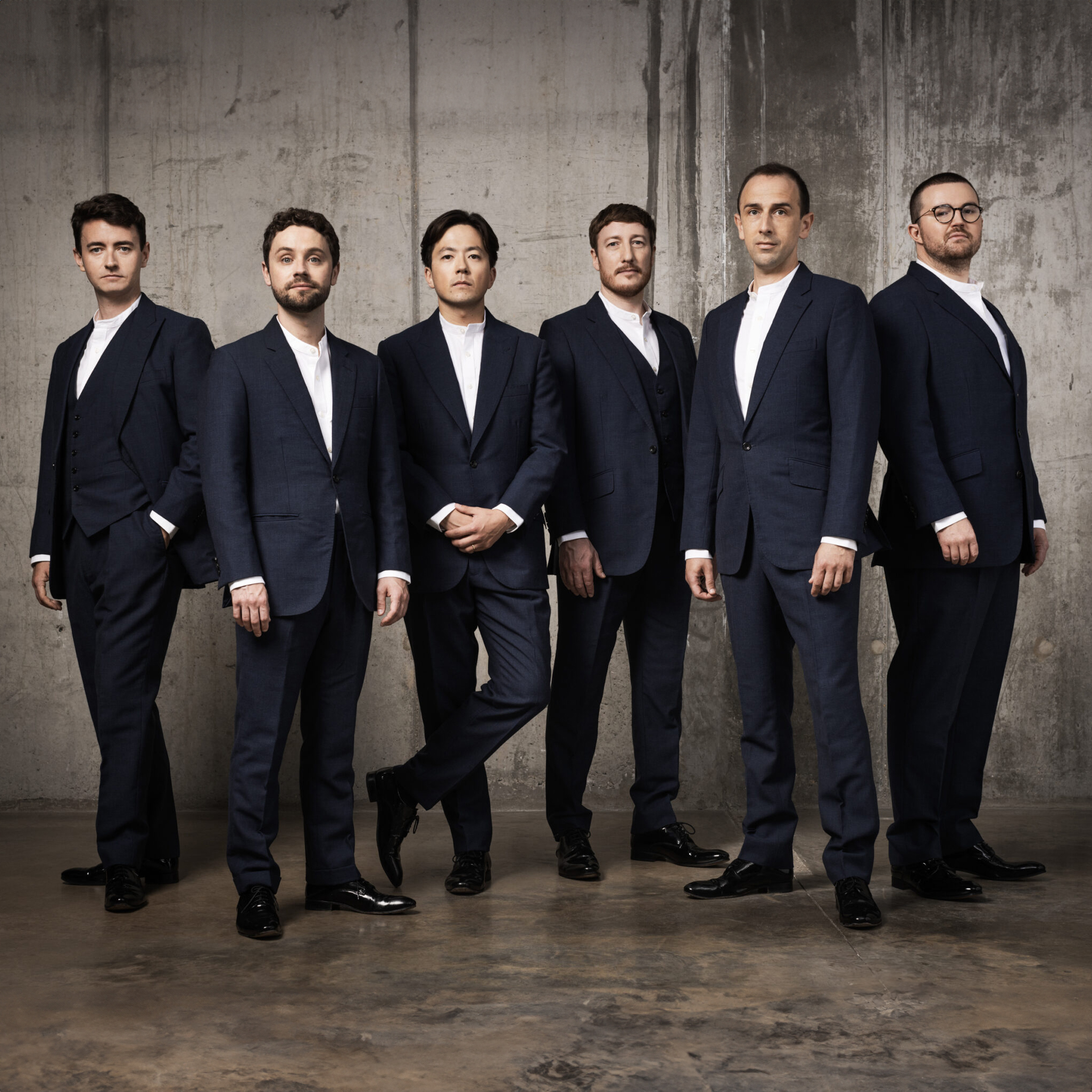
 The King’s Singers have set the gold standard in a cappella singing on the world’s greatest stages for over fifty years. They are renowned for their unrivaled technique, musicianship and versatility, which stem from both the group’s rich heritage and its drive to bring an extraordinary range of new and unique works, collaborations and recordings to life. The King’s Singers’ extensive discography has led to numerous awards, including two Grammy Awards, an Emmy Award, and a place in Gramophone magazine’s inaugural Hall of Fame.
The King’s Singers have set the gold standard in a cappella singing on the world’s greatest stages for over fifty years. They are renowned for their unrivaled technique, musicianship and versatility, which stem from both the group’s rich heritage and its drive to bring an extraordinary range of new and unique works, collaborations and recordings to life. The King’s Singers’ extensive discography has led to numerous awards, including two Grammy Awards, an Emmy Award, and a place in Gramophone magazine’s inaugural Hall of Fame.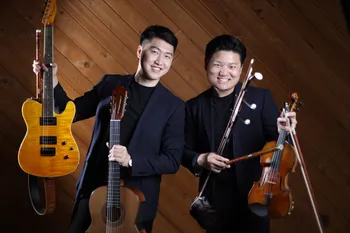
 Awarded as the recent Winner and Audience Prize recipient of the 2023 Concert Artists Guild Victor Elmaleh Competition in New York, ArcoStrum became the first-ever violin-guitar duo to win in its competition’s 72-year history. ArcoStrum consists of three-times international First Prize-winning violinist Strauss Shi (violin, erhu, dizi), and the Grand Prize winner of Guitar Foundation of America – International Concert Artist Competition (GFA-ICAC), TY Zhang (classical guitar, electric guitar).
Awarded as the recent Winner and Audience Prize recipient of the 2023 Concert Artists Guild Victor Elmaleh Competition in New York, ArcoStrum became the first-ever violin-guitar duo to win in its competition’s 72-year history. ArcoStrum consists of three-times international First Prize-winning violinist Strauss Shi (violin, erhu, dizi), and the Grand Prize winner of Guitar Foundation of America – International Concert Artist Competition (GFA-ICAC), TY Zhang (classical guitar, electric guitar).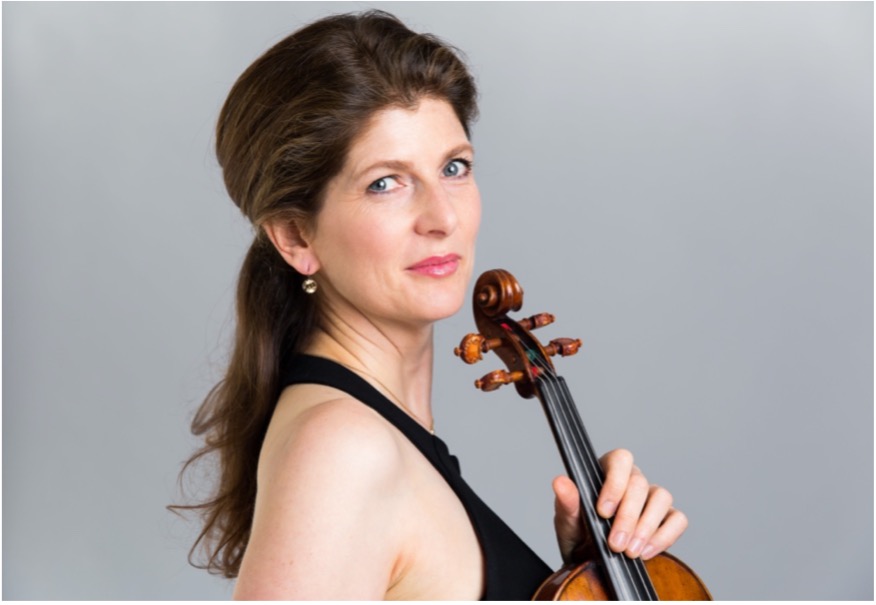
 A passionate ambassador of classical music, violinist Monique Mead enjoys a rich career as a performer, educator, and innovator. Inspired and mentored by Leonard Bernstein, Mead has devoted her performing career to building new audiences and deepening the musical experience for seasoned concertgoers. Her programs with major orchestras and festivals in the United States and Europe have drawn international acclaim for their popular appeal and innovative approach.
A passionate ambassador of classical music, violinist Monique Mead enjoys a rich career as a performer, educator, and innovator. Inspired and mentored by Leonard Bernstein, Mead has devoted her performing career to building new audiences and deepening the musical experience for seasoned concertgoers. Her programs with major orchestras and festivals in the United States and Europe have drawn international acclaim for their popular appeal and innovative approach.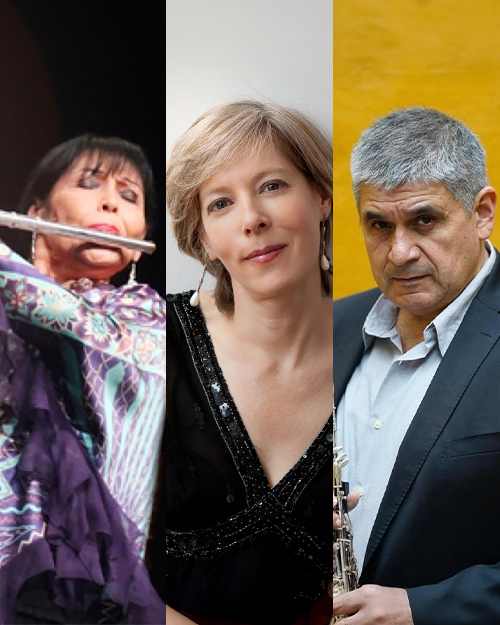
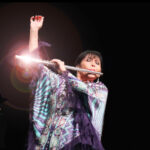 Elena Durán grew up in Oakland, California and has enjoyed an international career, appearing as soloist with more than 50 orchestras all over the world, playing on a number of occasions for the Queen of England, HM King Charles as well as the President of Mexico. She has recorded a hit single with Paul McCartney and has made two albums with jazz great Stephane Grappelli. At various stages of her career, she has taught at University and Conservatory level including at Stanford University, the London College of Music, the Royal Birmingham Conservatoire and the Hartt School of Music. She has given masterclasses and courses all over the world and was the director of the Stratford International Flute Festival for twenty years and the Mexican Flute Festival at UNAM for five years in the nineties. She was named Mexico City’s Ambassador of Culture and Tourism, and with her personal outreach program FLAUTA SIN FRONTERAS, she has taken music to those who can’t attend concerts, especially those in prison and those who live along the US/Mexico Border. Elena is a passionate supporter of the Ranch’s Fundación La Puerta, bringing her programs to the local community.
Elena Durán grew up in Oakland, California and has enjoyed an international career, appearing as soloist with more than 50 orchestras all over the world, playing on a number of occasions for the Queen of England, HM King Charles as well as the President of Mexico. She has recorded a hit single with Paul McCartney and has made two albums with jazz great Stephane Grappelli. At various stages of her career, she has taught at University and Conservatory level including at Stanford University, the London College of Music, the Royal Birmingham Conservatoire and the Hartt School of Music. She has given masterclasses and courses all over the world and was the director of the Stratford International Flute Festival for twenty years and the Mexican Flute Festival at UNAM for five years in the nineties. She was named Mexico City’s Ambassador of Culture and Tourism, and with her personal outreach program FLAUTA SIN FRONTERAS, she has taken music to those who can’t attend concerts, especially those in prison and those who live along the US/Mexico Border. Elena is a passionate supporter of the Ranch’s Fundación La Puerta, bringing her programs to the local community. Miguel Salazar is principal oboe of the Orquesta Filarmónica de Boca del Río in Veracruz since 2022. He was adjunct principal oboe of Mexico’s National Symphony (OSN) from 1990-2009 and principal oboe of the Filarmónica de Querétaro from 2009-2022. Salazar is a member of the wind octet, Sinfonietta Ventus and was a member of Eduardo Mata’s Solistas de Mexico. As soloist, chamber musician and orchestral oboist, Salazar has performed in Europe, Latin America and the United States. He has recorded for Sony, Dorian and Urtext Digital Classics. His most recent recording includes Rosetti’s oboe concerto in C as well as Argentinian composer’s 2012 Double Concerto for oboe, clarinet and orchestra.
Miguel Salazar is principal oboe of the Orquesta Filarmónica de Boca del Río in Veracruz since 2022. He was adjunct principal oboe of Mexico’s National Symphony (OSN) from 1990-2009 and principal oboe of the Filarmónica de Querétaro from 2009-2022. Salazar is a member of the wind octet, Sinfonietta Ventus and was a member of Eduardo Mata’s Solistas de Mexico. As soloist, chamber musician and orchestral oboist, Salazar has performed in Europe, Latin America and the United States. He has recorded for Sony, Dorian and Urtext Digital Classics. His most recent recording includes Rosetti’s oboe concerto in C as well as Argentinian composer’s 2012 Double Concerto for oboe, clarinet and orchestra. Eleanor Weingartner has been principal clarinet of Mexico’s National Symphony Orchestra (OSN) since 1990. As soloist she has performed and recorded both classical works as well as new works for clarinet and also for oboe, clarinet and orchestra. As chamber musician, she has collaborated with the Arianna String Quartet, soprano, Jessica Rivera and pianist, Mark Carver as well as pianist Alfredo Aguilar in three recordings for Urtext Digital Classics. She is also a founding member of the wind octet, Sinfonietta Ventus.
Eleanor Weingartner has been principal clarinet of Mexico’s National Symphony Orchestra (OSN) since 1990. As soloist she has performed and recorded both classical works as well as new works for clarinet and also for oboe, clarinet and orchestra. As chamber musician, she has collaborated with the Arianna String Quartet, soprano, Jessica Rivera and pianist, Mark Carver as well as pianist Alfredo Aguilar in three recordings for Urtext Digital Classics. She is also a founding member of the wind octet, Sinfonietta Ventus.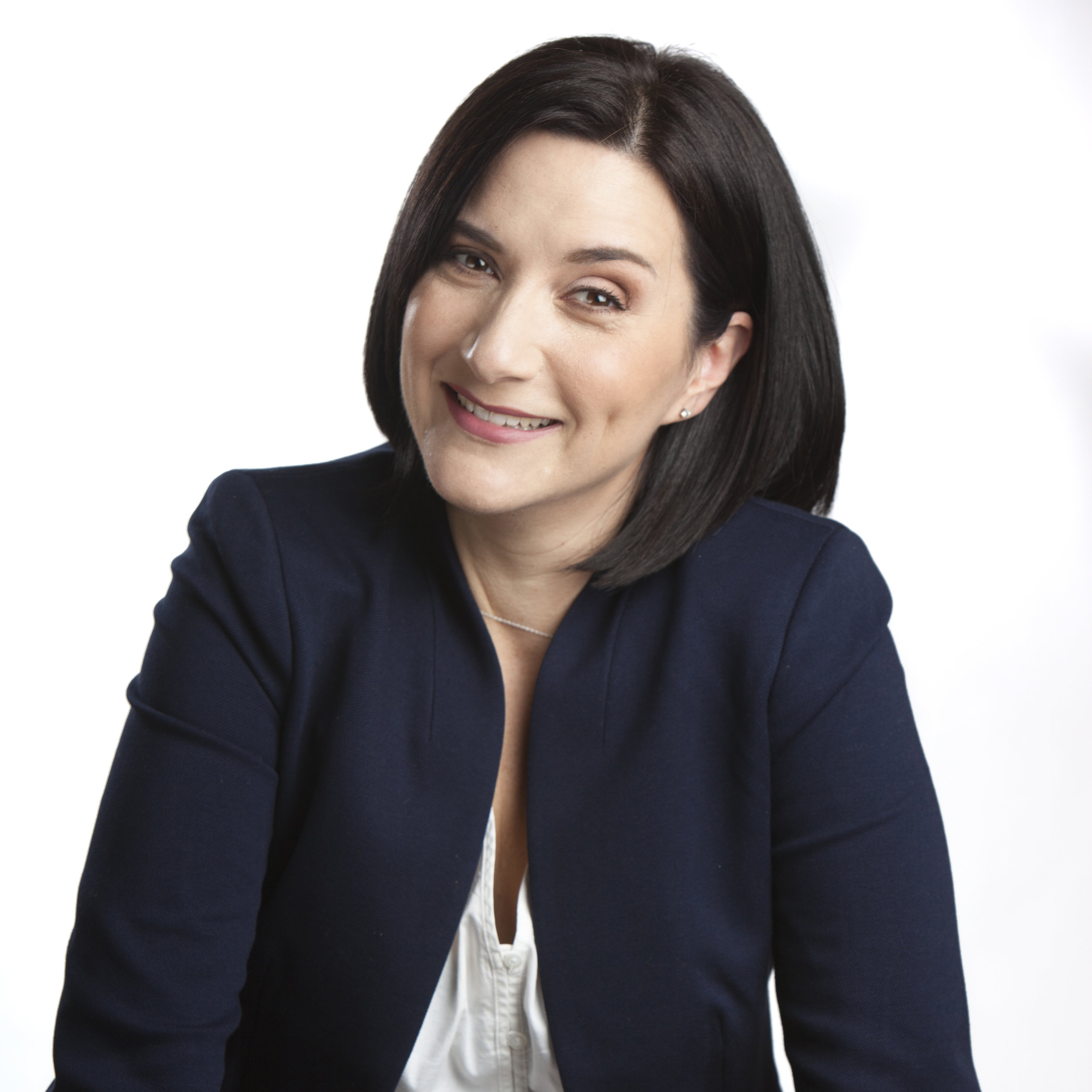

 Tamara Duker Freuman, MS, RDN, CDN is a New York-based registered dietitian, author and America’s Trusted Digestive Nutrition Expert. A nationally-known authority on nutrition therapy for digestive diseases, Tamara is a member of New York Gastroenterology Associates, a private Manhattan-based practice. She earned a Master of Science degree in Clinical Nutrition from New York University and completed her training at Mount Sinai Medical Center. In addition to her clinical work, Tamara is a high-profile nutrition writer whose advice on healthy living and dietary management of digestive disease is read by hundreds of thousands of people each month via leading online media platforms. She has been featured in leading TV, print and radio/podcast media, including TV’s Good Morning America, Live with Kelly & Ryan, Inside Edition, National Public Radio, The Washington Post, Reader’s Digest, Prevention, Women’s Health, The Huffington Post, CNN.com, SELF.com, and Business Insider. She is the author of the acclaimed book, The Bloated Belly Whisperer(St. Martin’s Press, 2018).
Tamara Duker Freuman, MS, RDN, CDN is a New York-based registered dietitian, author and America’s Trusted Digestive Nutrition Expert. A nationally-known authority on nutrition therapy for digestive diseases, Tamara is a member of New York Gastroenterology Associates, a private Manhattan-based practice. She earned a Master of Science degree in Clinical Nutrition from New York University and completed her training at Mount Sinai Medical Center. In addition to her clinical work, Tamara is a high-profile nutrition writer whose advice on healthy living and dietary management of digestive disease is read by hundreds of thousands of people each month via leading online media platforms. She has been featured in leading TV, print and radio/podcast media, including TV’s Good Morning America, Live with Kelly & Ryan, Inside Edition, National Public Radio, The Washington Post, Reader’s Digest, Prevention, Women’s Health, The Huffington Post, CNN.com, SELF.com, and Business Insider. She is the author of the acclaimed book, The Bloated Belly Whisperer(St. Martin’s Press, 2018).
 Alex Freuman, MS, BA, is a high school STEM teacher who holds a BA in mathematics from Oberlin College and an MS in mathematics education from Hunter College in New York City. At Oberlin, Alex was a founding member of the Juggling Club, where he honed many circus skills, including fire juggling, fire eating and balancing tricks. Also, a long-time chess and puzzle enthusiast, Alex coaches the chess team at Nyack Highschool (Nyack, NY), is faculty advisor for the Nyack Highschool Puzzle Club, is the founder and President of the Rockland County Chess Club, and is a certified US Chess Tournament Director. His current United States Chess Federation (UCSF) rating is 1900, and he hopes to break 2000 before his children beat him to it. Alex is passionate about creating community and fostering multi-generational connections through the joy of chess.
Alex Freuman, MS, BA, is a high school STEM teacher who holds a BA in mathematics from Oberlin College and an MS in mathematics education from Hunter College in New York City. At Oberlin, Alex was a founding member of the Juggling Club, where he honed many circus skills, including fire juggling, fire eating and balancing tricks. Also, a long-time chess and puzzle enthusiast, Alex coaches the chess team at Nyack Highschool (Nyack, NY), is faculty advisor for the Nyack Highschool Puzzle Club, is the founder and President of the Rockland County Chess Club, and is a certified US Chess Tournament Director. His current United States Chess Federation (UCSF) rating is 1900, and he hopes to break 2000 before his children beat him to it. Alex is passionate about creating community and fostering multi-generational connections through the joy of chess.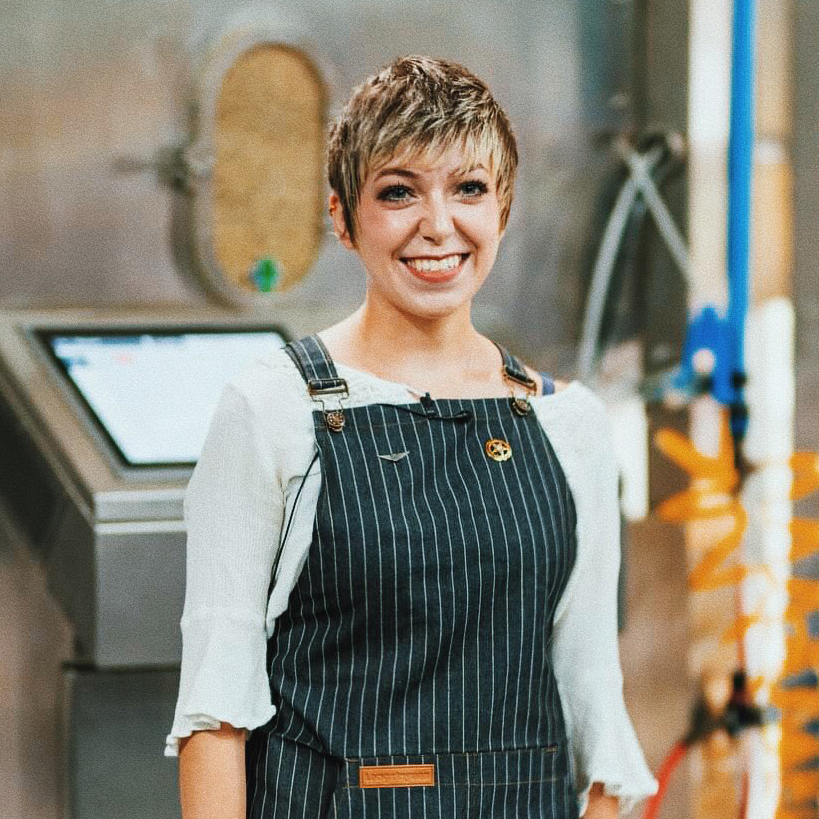
 Journey Smothers is a San Diego native who has worked in the coffee industry for 8+ years. She is a competitor in a Barista Circuit which is a world-involved competition highlighting the customer service of specialty coffee, as well as the skill that is crucial to its extraction. Journey also works as Quality Control at a coffee roastery and is dedicated to highlighting coffee to the best of its potential.
Journey Smothers is a San Diego native who has worked in the coffee industry for 8+ years. She is a competitor in a Barista Circuit which is a world-involved competition highlighting the customer service of specialty coffee, as well as the skill that is crucial to its extraction. Journey also works as Quality Control at a coffee roastery and is dedicated to highlighting coffee to the best of its potential.